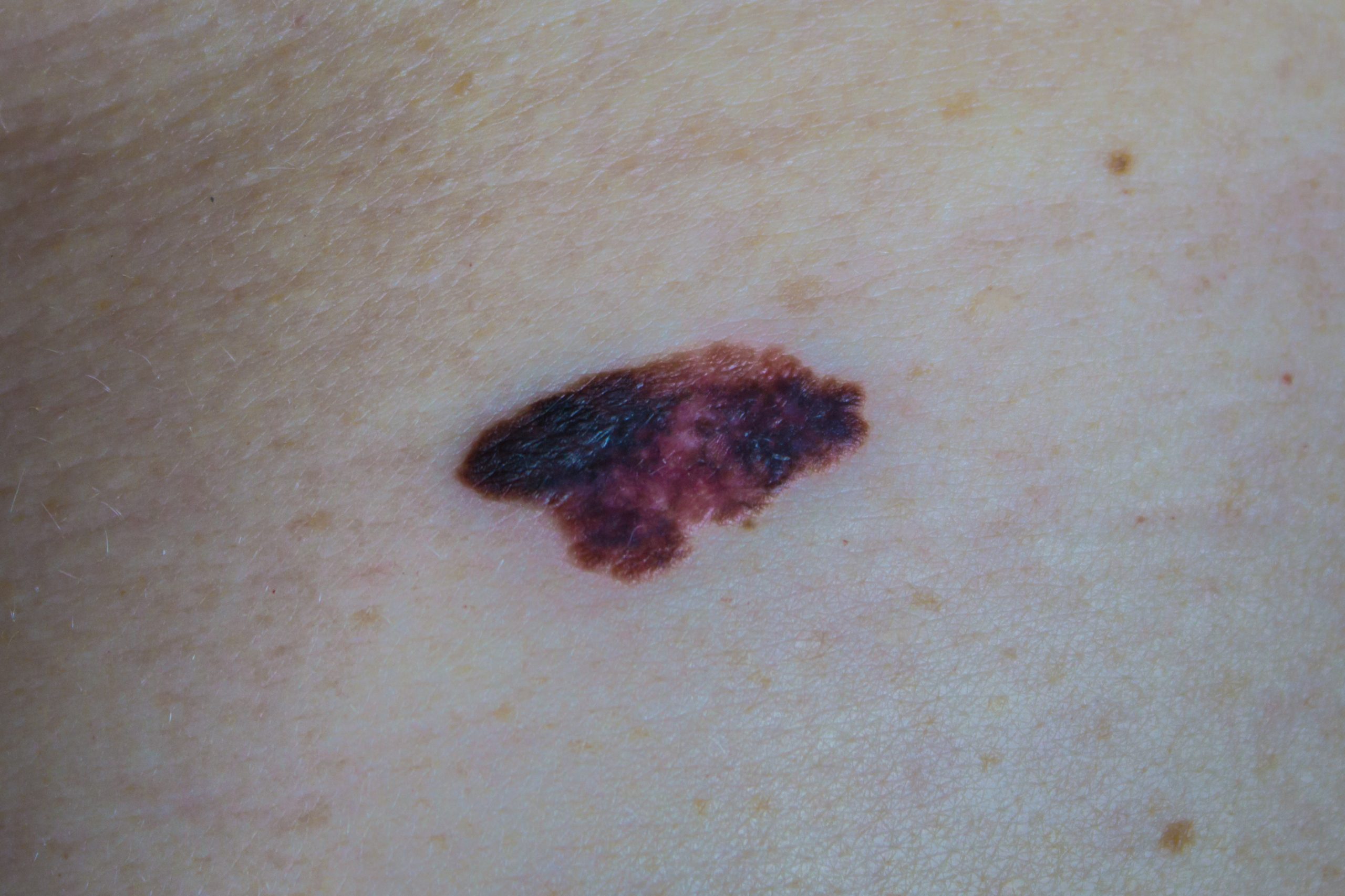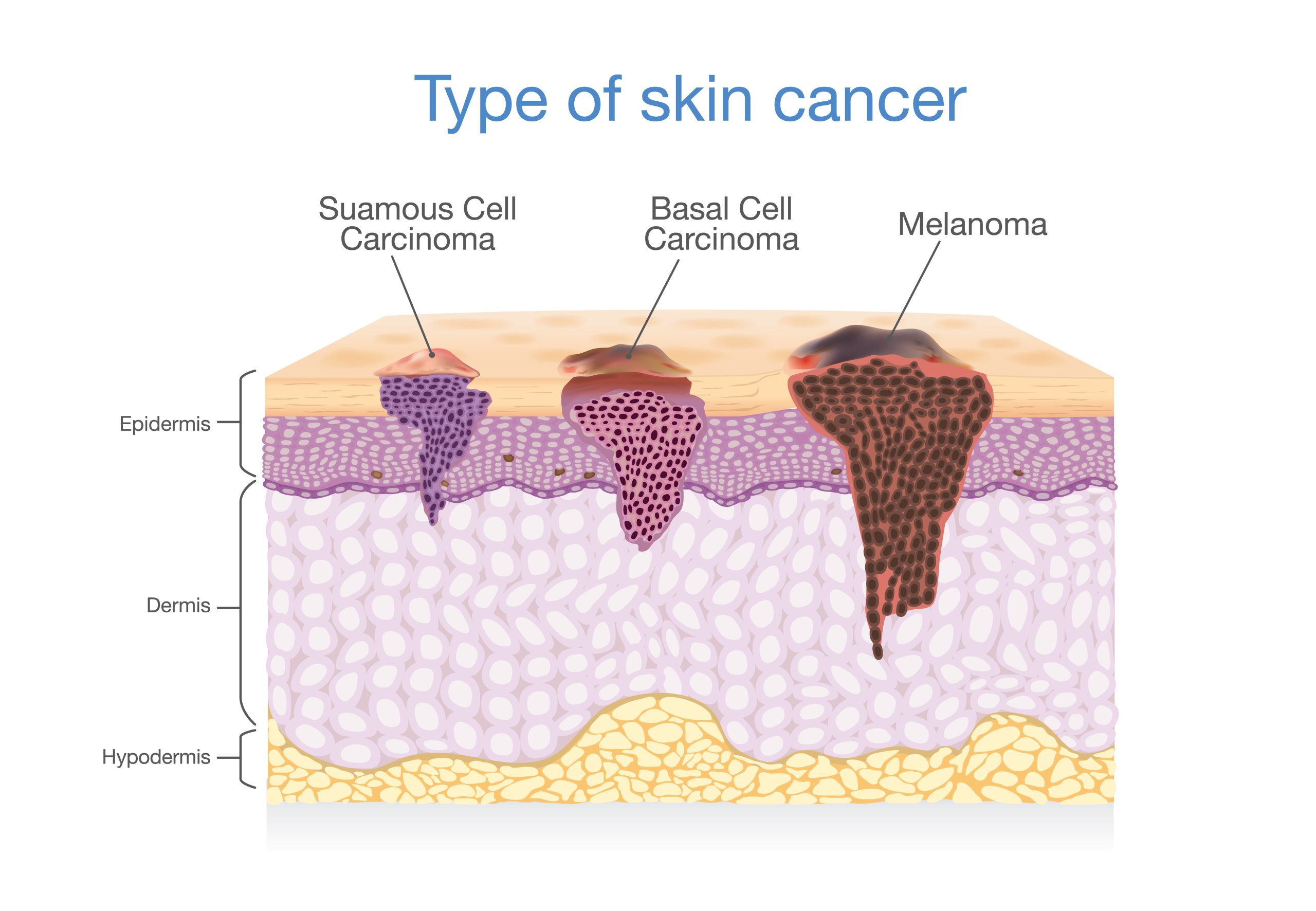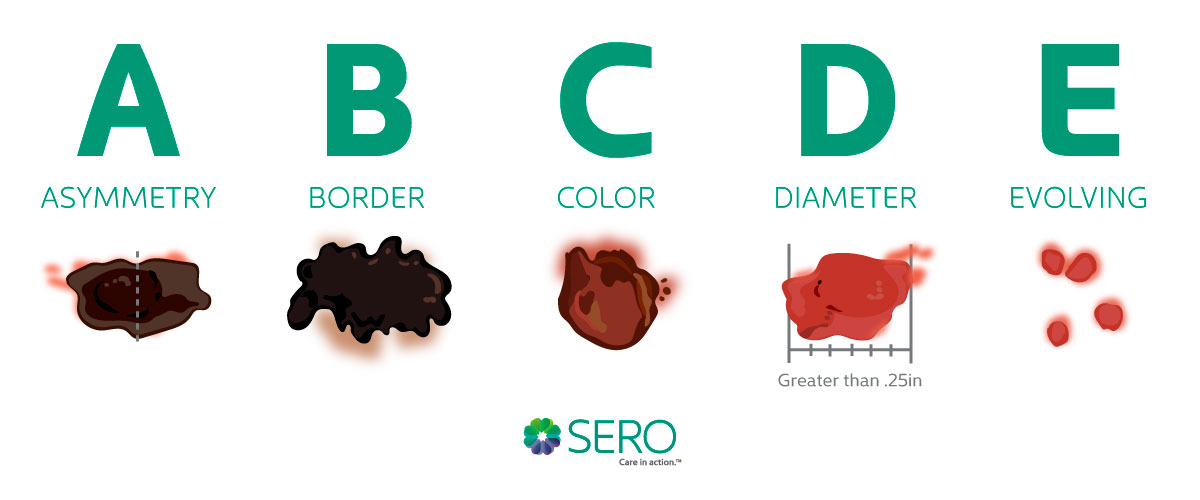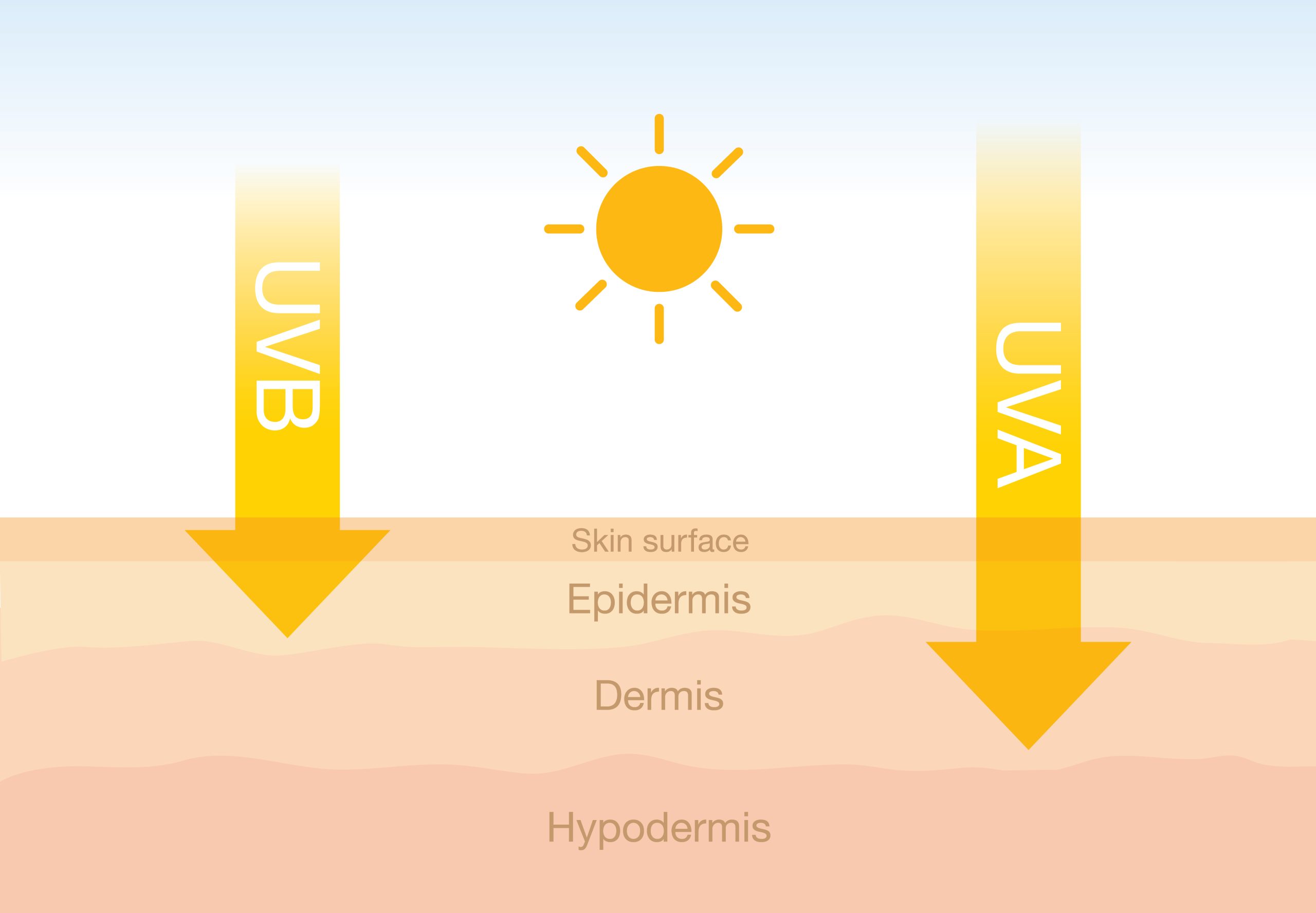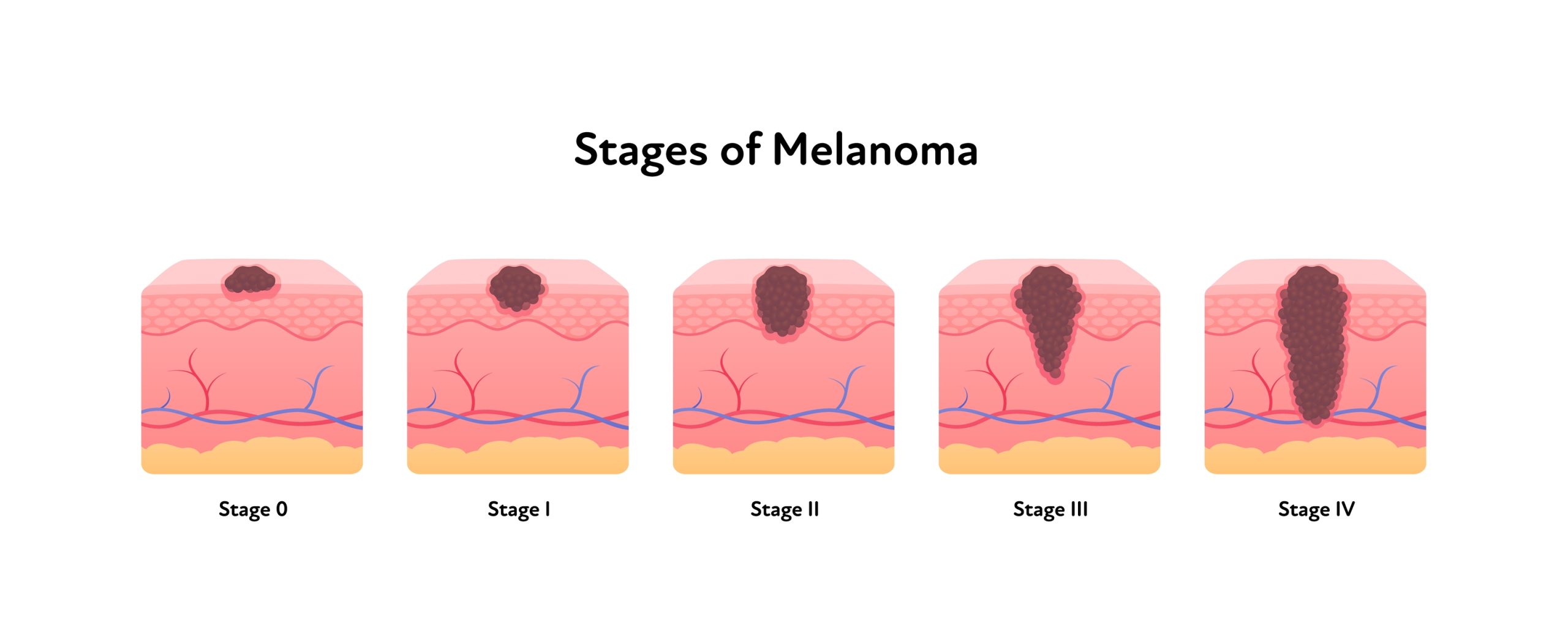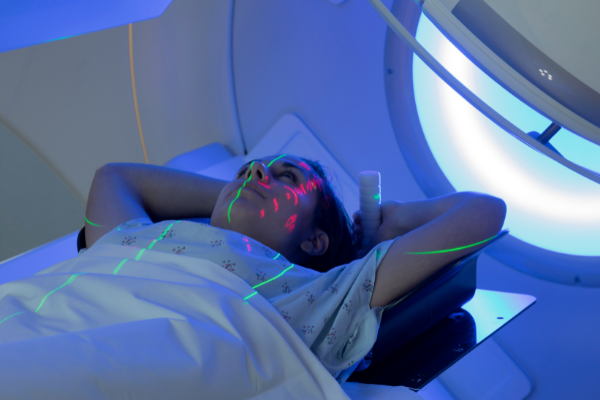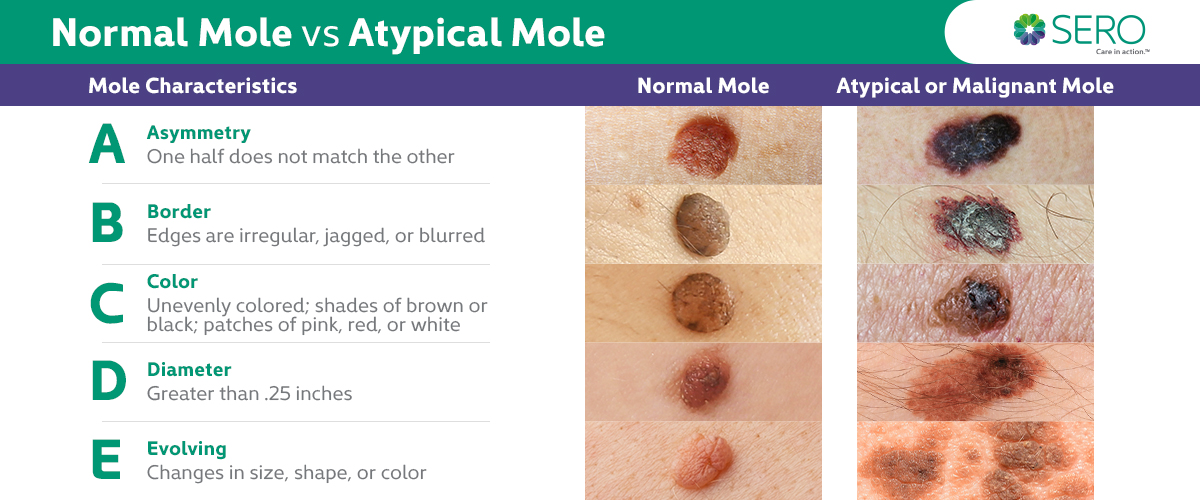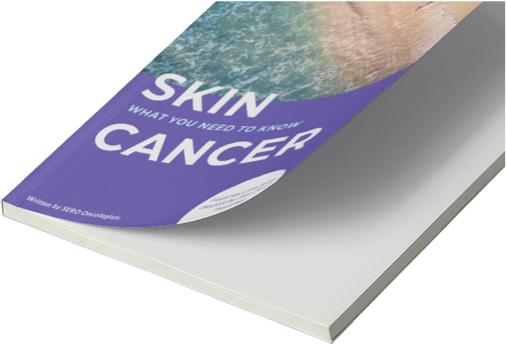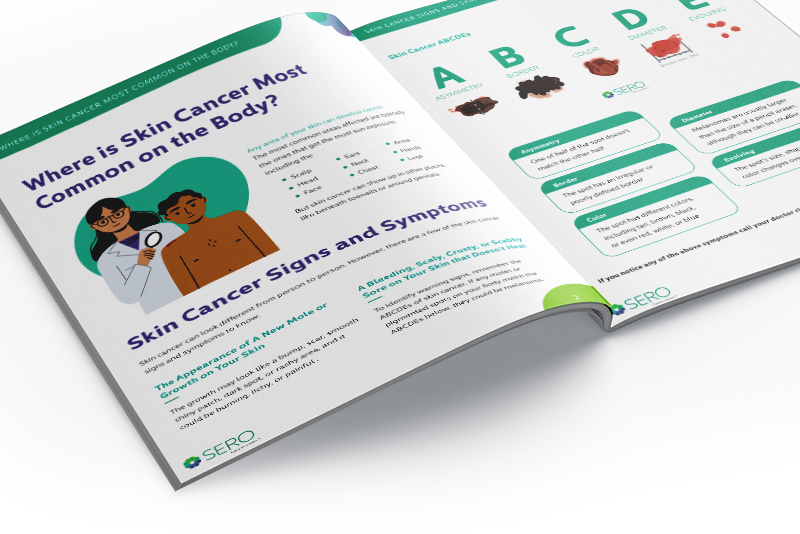Skin cancer is the most common form of cancer. More than 9,500 people are diagnosed with skin cancer every day. Yet it’s also one of the most treatable forms of cancer. With early detection and proper care, even melanoma has a five-year survival rate in the high 90 percentiles. Download our Skin Cancer Self-Exam Checklist as a first step if you have concerns about skin cancer.
Considering the importance of early detection, it’s crucial to understand what skin cancer is, what it looks like, and what you need to do if you suspect that you may be at risk.


